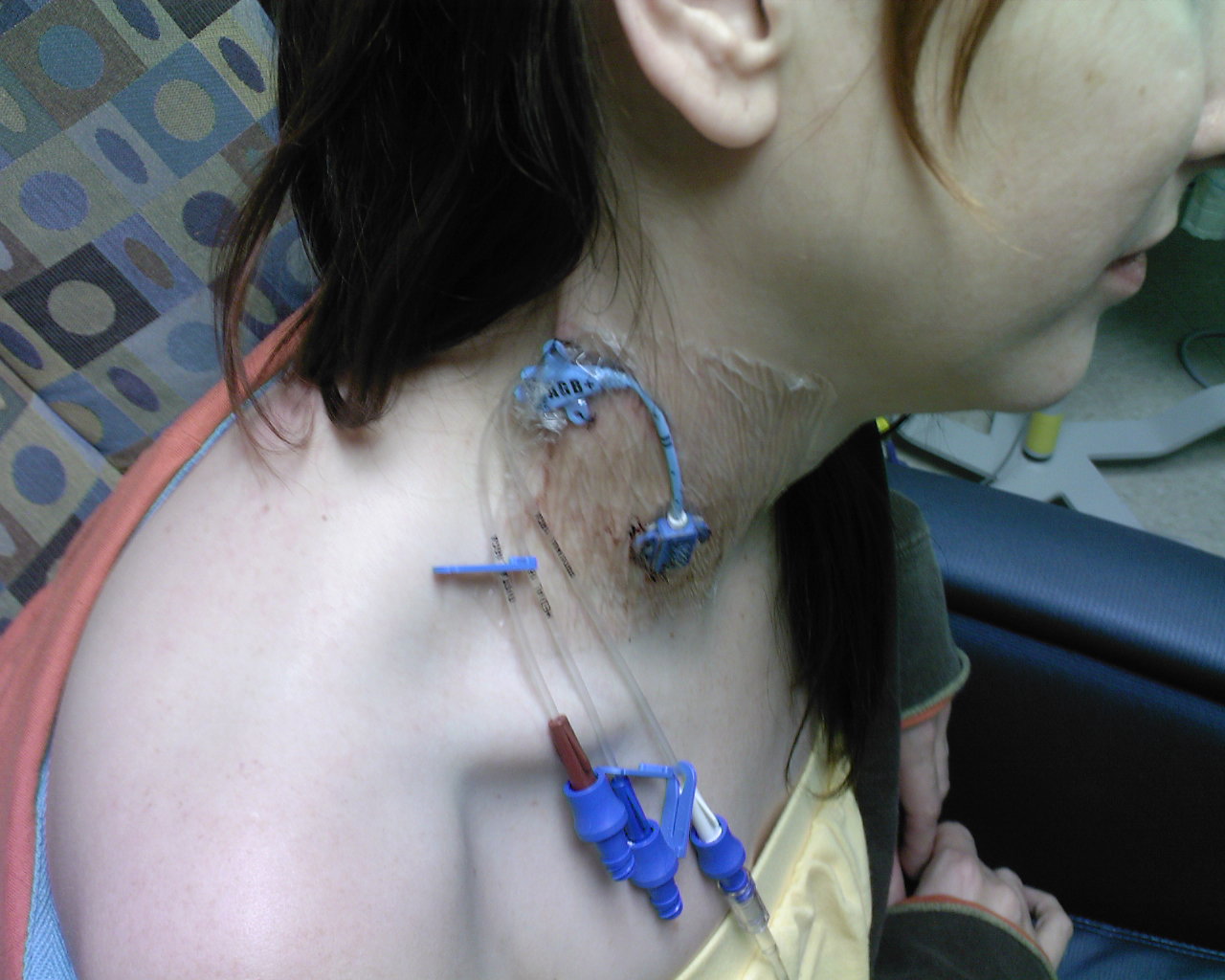How to Identify Culture-Negative Endocarditis

There are certain indicative symptoms of culture-negative endocarditis, which can easily help you identify the disease. Still, it is better to see your doctor first on even a little suspicion that you suffer from endocarditis. Some of the common signs of the disease is fever, fatigue and change in the heartbeat rate. Whether you are sure about it or not, see your doctor to diagnose it properly and get it treated at the earliest.
Instructions
-
1
Fever
Culture-negative endocarditis is different from other types of endocarditis, which are caused by blood. There are some clear signs that can tell you that you have the disease. Fever is one of them. You are likely to suffer fever on a regular basis, in longer or short intervals, and sometimes the problem makes you feel completely uncomfortable and tired. -
2
Fatigue
Fatigue is another common sign of knowing if you have culture-negative endocarditis. This can be with fever or without fever. Suffering the tiredness with a small amount of work or walking for a while can easily tell if you have the disease. -
3
Breathing
In addition to fever and fatigue, you might also be finding some difficulty in breathing. It can be feeling extremely uncomfortable in breathing or feeling exhausted. In this case, you should immediately see your doctor. -
4
Heartbeat
In addition to these signs, if you monitor and measure your heartbeat you should notice a considerable fluctuation in it. Sometimes, you can feel the heartbeat at really faster rate. See the doctor immediately. It is possible that the doctor recommends you different tests to determine if the problem is really culture-negative endocarditis. -
5
Level of Risk
If is possible that you from these apparent signs know that the problem is culture-negative endocarditis. However, only medical diagnostic can help you determine the level of the disease. This is the main reason that it is always recommended to see your doctor first. -
6
Stages
Your doctor can also determine the stage of your problem, and can treat accordingly. Getting the disease treated at early stage is more helpful in its quick recovery. Therefore, you should check with the doctor.





